
|
| Accept Cookies | Customize | Refuse Cookies |
Nello Cataudo www.juzaphoto.com/p/NelloCataudo  |
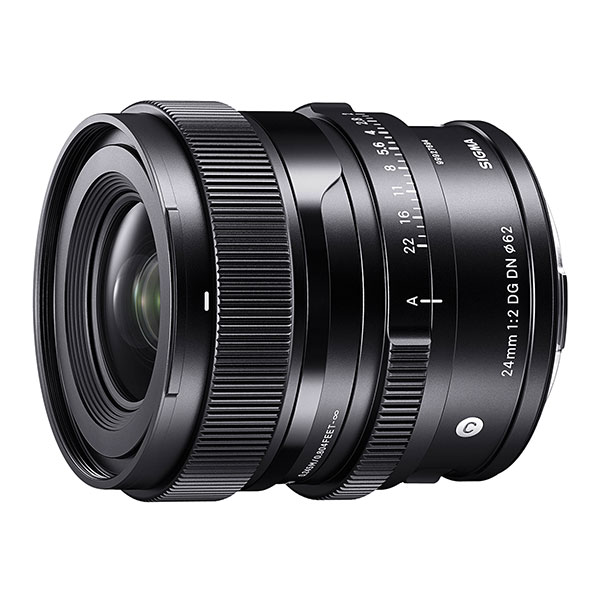 | Sigma 24mm f/2 DG DN C Pros: Optical rendering. Quality of materials and construction, compactness, diaphragm ring, moderate diameter filter connection, metal hood Cons: No block on the diaphragm ring. Opinion: Of this series I bought the focal lengths 24, 35 and 65mm. You can make a generalized evaluation for all three as the performances are superimposable: excellent quality from edge to edge of the frame, absence of chromatic aberrations, flare almost absent (but I have not stressed them thoroughly), slight vignetting at full aperture, visible distortion (the 24mm distorts more than the others). These last two features, however, are not even noticeable by enabling the lens profile of the photo editing software used. Even looking at the image taken on the display of the machine you do not notice, as you will see the jpg, which is already correct. It lacks stabilization, but having it already on the sensor of my camera body, I can shoot in peace even at low times. I think these are perfect optics for the current mirrorless bodies that are small. The whole is always slender, manageable, not very heavy and not at all showy. I also bought this series of optics for a very important practical feedback: weights! For those who move a lot with the backpack on their shoulders it is not easy to manage 3 or more "important" optics on the shoulders. Of my triad now the 24mm is the one I use least of all, because, for reasons of practicality for my naturalistic excursions I bought a zoom 16-35. However, I often use this lens for Milky Way shots with portions of the earth's landscape inserted. It is a focal length very apt as it does not "lose" within the frame what you intend to put in the foreground in the composition sent on September 13, 2023 |
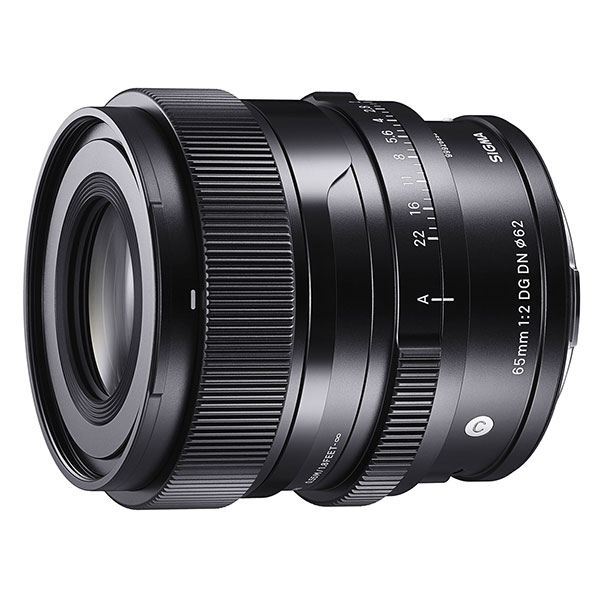 | Sigma 65mm f/2 DG DN C Pros: Optical quality in terms of sharpness and blur. Quality of materials and construction, compactness, diaphragm ring, moderate diameter filter connection, metal hood Cons: No lock on the diaphragm ring Opinion: Of this series I bought the focal lengths 24, 35 and 65mm. You can make a generalized evaluation for all three as the performances are superimposable: excellent quality from edge to edge of the frame, absence of chromatic aberrations, flare almost absent (but I did not stress them thoroughly), slight vignetting at full aperture, visible distortion but not exaggerated. These last two features, however, are not even noticeable by enabling the lens profile of the photo editing software used. Even looking at the image just taken on the display of the machine you do not notice, as you will see the jpg, which is already correct. It lacks stabilization, but having it already on the sensor of my camera body, I can shoot in peace even at low times. I think these are perfect optics for the current mirrorless bodies that are small. The whole is always slender, manageable, not very heavy and not at all showy. The focal length 65mm is a bit atypical as a portrait focal length, but I found that wherever I used it, I have never been too long so far. The 85mm instead yes! I was also pleasantly surprised by the creaminess of the blurred. At the same time I own the 85 DG DN Art, and I can say that this little guy replicates very well the essence sent on September 11, 2023 |
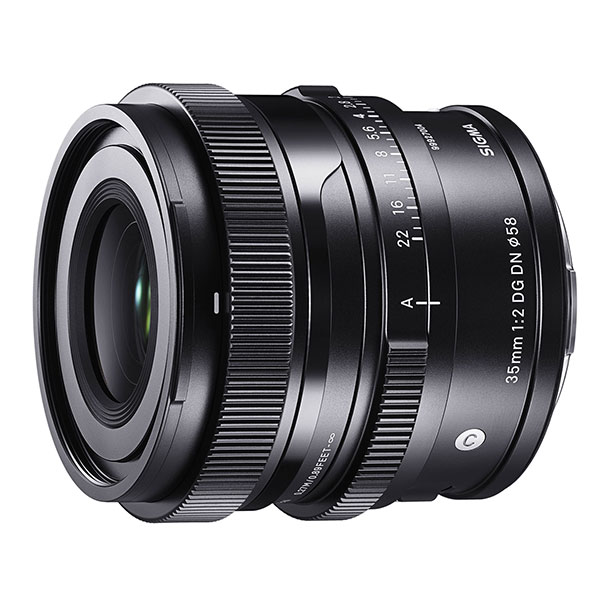 | Sigma 35mm f/2 DG DN C Pros: Quality of materials and construction, compactness, diaphragm ring, moderate diameter filter connection, metal hood Cons: No block on the diaphragm ring. When it is necessary to remove or engage it, given the compactness it takes a little attention to put the fingers to grasp it in the "right" points (but it is not a defect, but a feature) Opinion: Of this series I bought the focal lengths 24, 35 and 65mm. A generalized evaluation can be made for all three as the performances are superimposable: excellent quality from edge to edge of the frame, absence of chromatic aberrations, flares almost absent (but I did not stress them thoroughly), slight vignetting at full aperture, visible distortion (variable, depending on the focal length). These last two features, however, are not even noticeable by enabling the lens profile of the photo editing software used. Even looking at the image just taken on the display of the machine you do not notice, as you will see the jpg, which is already correct. It lacks stabilization, but having it already on the sensor of my camera body, I can shoot in peace even at low times. I think these are perfect optics for the current mirrorless bodies that are small. The whole is always slender, manageable, not very heavy and not at all showy. I had also paid attention to the "Art" series before their purchase..... But I made this choice not for an economic reason, but for a very important practical feedback: weights! For those who move a lot with the backpack on their shoulders it is not easy to manage 3 or more "important" optics on the shoulders. Then I also saw that, for the type of photography I do the aperture 1.4 I do not need, and f2.0 is more than fine ... The 35mm was the first lens I bought in this series: Love at first sight! After trying it I also had the confirmation of having made a very good choice sent on September 11, 2023 |
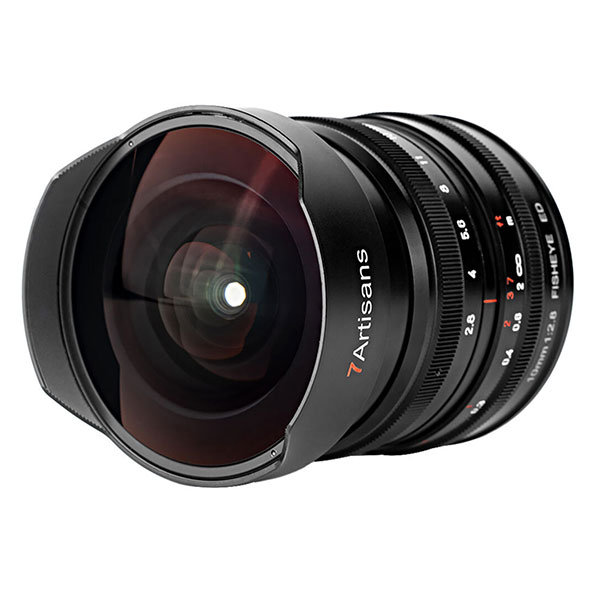 | 7artisans 10mm f/2.8 Fisheye Pros: Solidity of materials, good optical performance, brightness Cons: No metadata on shots (the lens has no electrical contacts). Aperture and focus ring in the inverted position with respect to most lenses (the iris control is near the front lens). Misleading distance scale. Aperture setting without clicks. Full-aperture vignetting very present Opinion: I bought this lens a few years ago taking advantage of a good offer on the new one. I had already experimented with the creative potential of a fisheye with a 7.5mm on micro 4/3 and I wanted to have this focal length also on FF, after the discontinuation of the other system. At the first approach to the store I was "pleasantly surprised" by the weight as it gave me a feeling of sturdiness and goodness of the materials. In addition to the usual front and back caps, there is also an elegant semi-rigid leather-colored case in imitation leather with a zipper opening around the upper circumference. Unfortunately, as soon as I grafted the optics on the body I saw that the coupling was not stationary but danced a bit. I asked for another specimen, but it was the only one available. Initially I didn't take the optics, but a few days later seeing on the internet that it could be a very solvable problem, I went back to get it. To securely lock the coupling flange all I had to do was shorten the fixing screws by 0.5mm As for optical quality and general performance I am quite satisfied because with my Sony A7riv it gave me a good overall image quality, with a slight loss at the edges. Chromatic aberrations are few. However, the scale of the distances is imprecise, because, if you decide to put the ring in correspondence with the infinity mark, you go beyond that. The exact infinity from me already corresponds in the notch of about 2-2.5mt I undoubtedly recommend the purchase because of the creative potential it offers, especially in relation to the excellent quality / price ratio sent on September 11, 2023 |
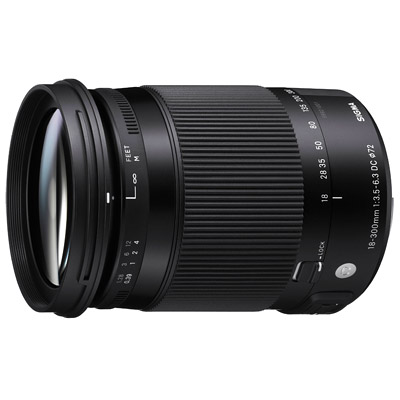 | Sigma 18-300mm f/3.5-6.3 DC Macro OS HSM C Pros: Great focal range. Excellent construction, effective stabilization Cons: Little sharpness at the edges at short focal lengths and showy chromatic aberrations in general. Little resolving. Not very bright at long focal lengths. Uncertainty in maf with low light at longer focal lengths Opinion: I bought this lens in 2017 together with a Canon 100D to upgrade to the bridge I used for trips out of town. After having had it for 4 years, I can say with confidence that the quality of the shots obtained at short focal lengths (up to about 28-30mm), was generally quite low (at least in my specimen). The higher up things get a little better. Also rather poor performance when using open apertures. There is a lot of difference between the center and edge of the frame. To achieve greater uniformity, aperture to at least f8.0 must be achieved. Not long ago I also tried the classic Canon 18-55is plastics. In the focal range 18-55 this Sigma all in all did not disfigure so much It could be deduced that with the same category of belonging to the lenses, the yield is roughly equivalent, in the sense that so much you spend and so much get. I do not feel like expressing an absolute negative judgment on this all-rounder, but the idea of accepting the mediocre quality as a pledge to pay for the great focal range, does not lie in my way of seeing photography, especially that of travel. Often we go to distant places and the possibility of returning there to redo certain photos that have gone wrong is impossible. I recommend splitting the use of focal lengths ranging from 18 to 300mm into more optics. Forget the object that can do everything, because it will be mediocre in everything. sent on September 11, 2023 |
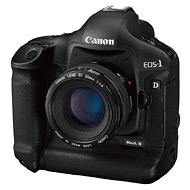 | Canon 1D Mark III Pros: Pros: Rugged body, burst, battery life, auto focus, quality and workability file. Cons: Cons: Low resolution LCD Opinion: I bought it used in 2012, to make up for the shortcomings of the AF module of the 5D II camera for hunting birds in flight. Needless to say, we are on another planet. Just hook, draw the subject for a few seconds, and then you can safely shoot at full speed. The percentages of blurry photos that I got (in conditions of light and background-optimized) were virtually nil. I noticed that within a sequence of quick burst, should they begin to occur out of focus, the form is quite capable to recover and correct to perfection over the next 1-2 shots (made with a 400mm tele f5, 6). For some particular mode of use, for the more technically savvy, you can customize various parameters AF, to achieve further improvements in performance. The default settings should nevertheless be just fine in most casi.rnCon this machine I have "found" the AF that I had once (one of my EOS3 film) after suffering greatly with 400D and 5D II.rnLa flurry of 10 fps asof the time is excessive, but in certain situations allows you to freeze the perfect moment. The buffer does not consider it a big deal, even if I happened to have some time machine "stuck" for a few seconds. If you make a habit of taking short bursts you can rest easy from this point of vista.rnLa battery lasts so much. I purchased the spare one just for the fact that when you finish you almost always happen at inopportune moments. And 'advisable, however, if you use the machine with large paintings in quick burst and Ai Servo mode at the same time, to change when the charge reaches 1 notch (the precision of tracking AF starts losing reliability). I think this could still be a problem common to all macchine.rnLa file quality up to 800 ISO has nothing to envy to the 5DII. Claiming that the file already exits almost ready is not something risky: Sharpness, Saturation and contrast are the aspects that you notice right away. I took it on purpose più times with the two machines to make comparisons. The 5D II comes out a winner especially for the possibility of being able to crop more, but the 1D III, although it has a resolution of only 10Mpx, with a multiplication factor of 1.3x, and the possibility of being able to focus at f8, 0, using some 1.4x multiplier, is able to fill this gap and to overcome. Also, if on the one hand 10Mpx nowadays can be considered few, on the other hand, whereas with this machine almost always burst shooting, if you had higher resolution, who knows how many memory cards I had to bring along (this statement I recalls now a bit 'the fable of the fox and the grapes!). RNLA LCD screen quality leaves something to be desired, in the light of what is today the market offers. It is not clear whether a photo is in focus or not, is sharp or move. Okay just to set the machine parameters, check the histogram, and to control the notice of overexposure on the white. But maybe it's also cos & igraI;: Photos you look calmly at home, on your pc monitor ... rn ... Maybe I'm saying all these things because I could not afford a fourth ... rnL'ho outlet for fun, choosing from a 7D New and used this. Certainly I would do this choice today: lots made with "little" shopping! Rn sent on March 01, 2014 |
 JuzaPhoto contains affiliate links from Amazon and Ebay and JuzaPhoto earn a commission in case of purchase through affiliate links.
JuzaPhoto contains affiliate links from Amazon and Ebay and JuzaPhoto earn a commission in case of purchase through affiliate links.May Beauty Be Everywhere Around Me